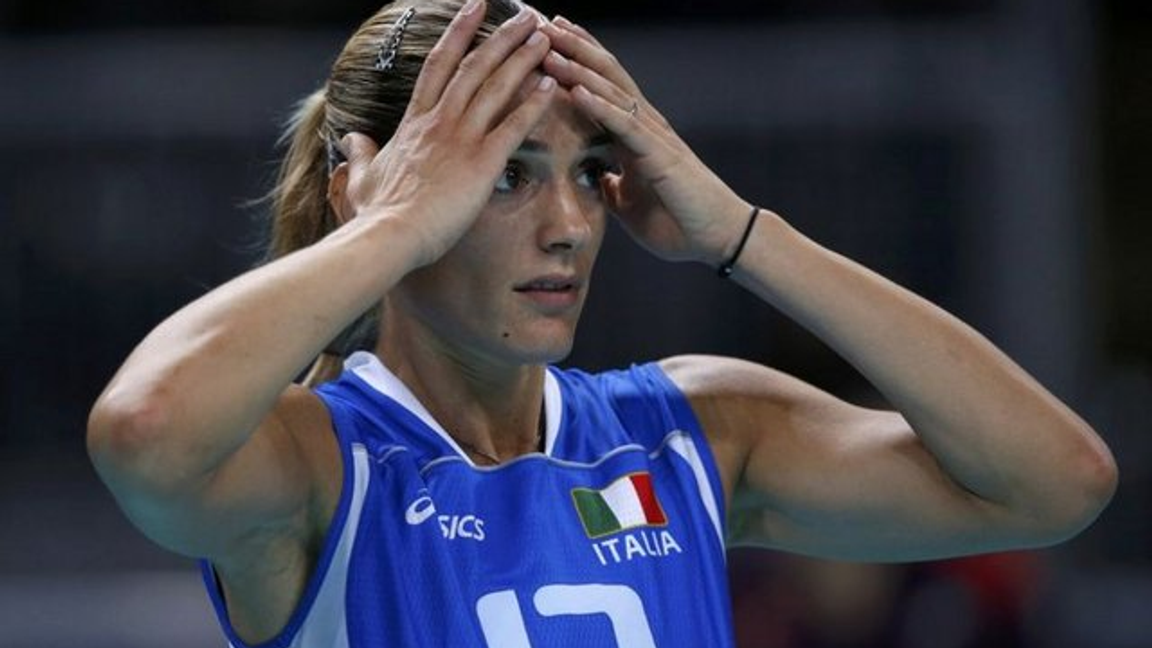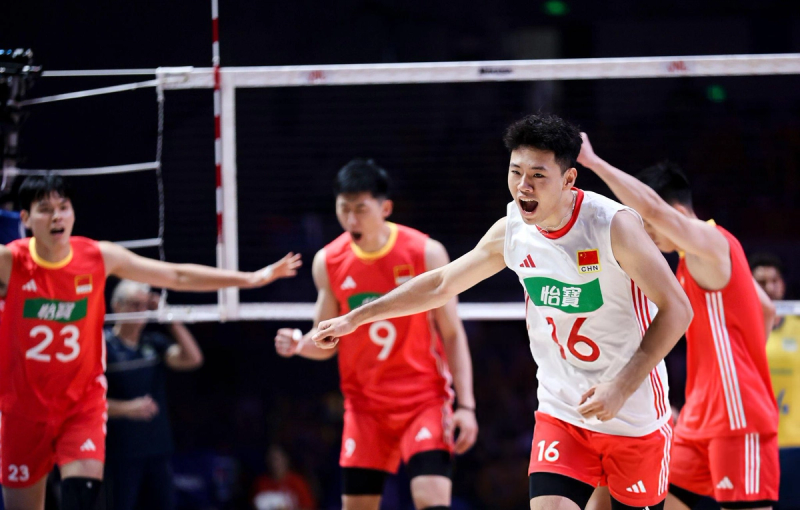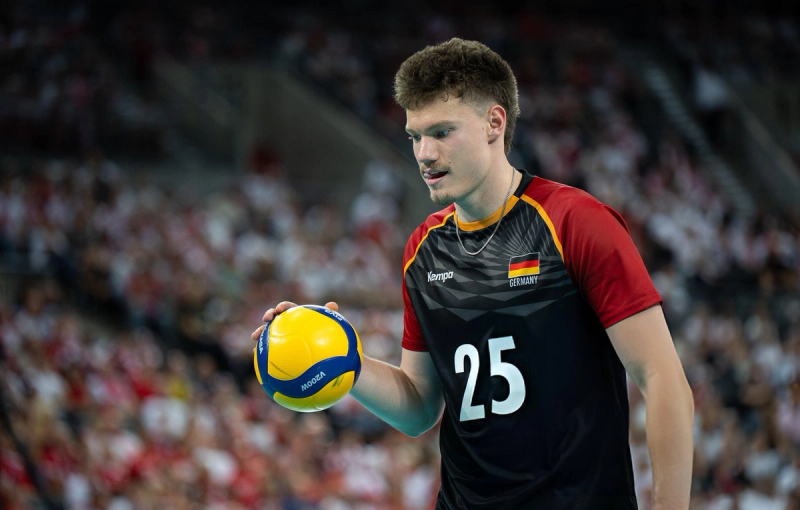
How to Help Athletes Deal with Pressure and Performance Anxiety

Matt Nikishin
•
11th August, 2025
1. Normalize Pressure as Part of the Game
- Why: Athletes often see nerves as a weakness.
- How: Frame adrenaline as a performance enhancer, not a problem — “Nerves mean you care and are ready to compete.”
- Example: Share stories of pro players who still get pre-match jitters.
2. Develop Pre-Performance Routines

- Why: Predictable routines calm the mind and keep focus on controllable actions.
- How:
- Before serve: deep breath → bounce ball twice → focus on target zone.
- Before receiving serve: bounce in ready position → quick cue word (“low” or “see ball”).
- Tip: Practice routines in every drill, not just games.
3. Teach Simple Breathing and Reset Techniques

- Why: Anxiety often triggers shallow breathing, making players tense.
- How:
- Box breathing: inhale 4 sec → hold 4 sec → exhale 4 sec → hold 4 sec.
- Between points: hands on knees, slow breath, cue word (“reset”).
4. Shift Focus from Outcome to Process
- Why: Fear comes from worrying about mistakes or losing.
- How: Set goals like “keep platform angled to target” instead of “don’t shank the pass.”
- Example: After a missed serve, next goal is “hit high and deep” — not “don’t miss again.”
5. Use Mental Rehearsal

- Why: Visualizing success trains the brain like physical reps.
- How: Before matches, have them imagine hitting a clean spike, making a perfect pass, or reading the setter on a block.
6. Reframe Mistakes Quickly
- Why: Lingering on errors increases tension.
- How:
- Use a physical reset signal (wipe hands, brush jersey).
- Short self-talk phrase: “Next ball” or “We move.”
- Teammate cue: a quick high-five to pull them back in.
7. Practice Pressure Situations
- Why: You can’t expect calm under stress if you never train for it.
- How:
- Serve with the rule “miss = team sprints.”
- Run a drill where match point is recreated repeatedly.
- Add crowd noise or time limits in scrimmages.
Watch This Video to Manage Athletes and Mental Health Mindset:
8. Model Calm as a Coach
- Why: Athletes mirror your energy.
- How: Stay composed, use steady tone, avoid frantic sideline gestures, especially in tight games.
9. Support Mental Health Beyond the Court
- Why: Chronic anxiety can’t be fixed in warm-ups alone.
- How: Encourage balanced schedules, good sleep, and if needed conversations with a sports psychologist or counselor.
✅ Key Principle:
The goal is not to eliminate nerves, but to teach athletes to channel them into focus, energy, and execution.
🎯 Ready to Help Your Athletes Thrive Under Pressure?
If you want your team to play their best when it matters most, you need more than drills — you need tools that train their mental game as hard as their physical one.
🏐 Rewind gives you:
- Instant video playback to review high-pressure moments
- Side-by-side comparisons of calm vs. tense execution
- Custom drills that simulate real match pressure
📈 Train composure. Build confidence. Win the big points.
🔗 Try it now at TryRewind.co
📸 Click the image below to start building mentally tough athletes today.
